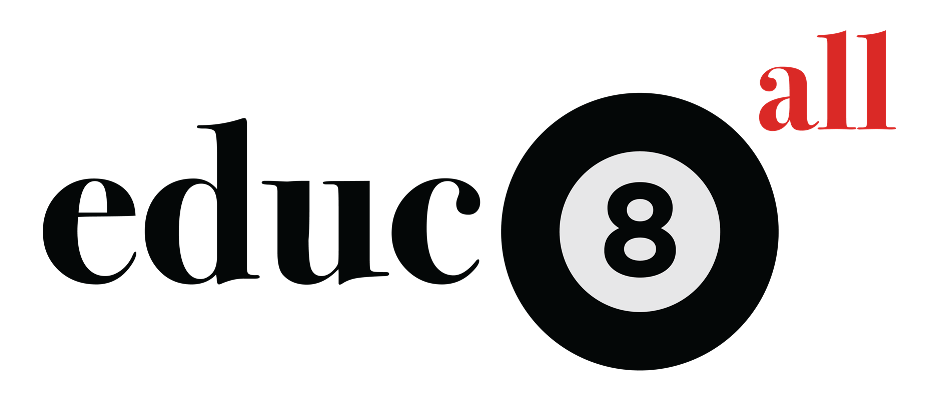
Cognitive bias: anchoring bias
This time around in our series on cognitive biases, we’re going to take a look at anchoring bias.

Anchoring bias occurs when we place too much reliance on the first piece of information we receive about a subject. Every subsequent piece of information we receive is judged in relation to the first, the anchor, even if the first piece of information was not particularly reliable. The impact can be that we fail to adjust to our plans or predictions as much as we should.
Research
The first mention of this type of bias seems to be some research in 1958 by Sherif, Taub and Hovland, which looked at how people’s guesses of weights of objects were affected by being provided with other weight information (the anchor). It was found that people assimilated the anchor’s weight into their thinking about the weight of the object they were being asked about.
This effect was looked into further and eventually developed by Amos Tversky and Daniel Kahneman in 1974 in their Judgment under Uncertainty: Heuristics and Biases paper. Tversky and Kahneman’s hypothesis was that when people are asked for estimates or predictions, they start with an initial value and adjust from there. The example cited in the paper above is that of an experiment where two groups of high school students were asked to come up with the answer to a mathematical question within 5 seconds.
Group 1 was asked to estimate the value of 1 x 2 x 3 x 4 x 5 x 6 x 7 x 8, whereas, Group 2 was asked to estimate the value of 8 x 7 x 6 x 5 x 4 x 3 x 2 x 1.
Now the answer to such a question would normally be considered to be difficult to calculate fully in 5 seconds using mental arithmetic. An alternative approach would be to do some partial calculations and then adjust from that value to get to the final.
The first hypothesis was that both groups would underestimate the value as adjustments tend to be insufficient. The second hypothesis was that Group 1 would be further from the correct answer than Group 2. This is because Group 1’s initial figures were lower (1 x 2 x 3…) compared to Group 2 (8 x 7 x 6…) and it was thought this would be their anchor. The results proved the hypotheses:
Actual value of the two questions: 40,320
Median estimate from Group 1: 512
Median estimate from Group 2: 2,250
Everyday instances of anchoring bias
This particular effect is considered to be quite pervasive and can exist in multiple arenas. As salary discussions are often discussed when looking at anchoring bias, let’s look at the retail sector as we approach Christmas.
Example 1 – The price of an adjacent product
If you were looking to buy a premium watch, one way an experienced retailer may try to encourage a costly purchase is to show an extravagantly expensive watch first as an anchor so that even costly watches appear to be reasonably priced in comparison.
Example 2 – The previous price of the same product
One of the standard ways that retailers used to encourage purchases was to show recommended retail prices that were much greater than the current price of the product. As regulations have tightened around this, retailers now rely on recent prices for the product and a saving against that value.
Savvy shoppers will note that neither of these examples had the anchor as being related to one’s budget! If you’re nodding your head at this point, it’s worth asking whether you ever truly set your budget by looking at your bank balance first or if you do some research by looking at prices.
How to avoid the bias
Cognitive biases exist at the subconscious level so they can be difficult to combat but some critical thinking techniques can help us if we adopt them as part of our decision-making process.
The first technique is to find reasons why an anchor may be inappropriate for a particular situation.
- Sometimes there may need to be a dedicated exercise to look at the core arguments presented by an anchor and developing counter-arguments. To give you a flavour of how this can manifest in the real-world, it is not unusual for large corporates to utilise a red-team strategy whereby a group of people are tasked with opposing a particular course of action that is being promoted.
- At other times, we can simply consider the source of the anchor. In our information-rich worlds with social media feeds, we may not always be thinking of the reliability of the information being presented. For example, business magazines may present lists of ‘must-have’ products generated by paid placements from retailers looking to attract the attention of a particular affluent demographic. While you may read that business magazine and subscribe to its feed, are you genuinely the target audience and if not, what might be the value of reading such articles?
Another technique is rather simple and that is simply to consider alternatives. To be clear, the first strategy above is focused on weakening the lure of the anchor, whereas this is focused on identifying alternatives. Going back to the idea of how information flows in the modern world through algorithms and search engine optimisation, finding diverse information sources can be tricky but worthwhile to allow you to build a set of credible alternatives.
***
Did you see our last blog in the series on confirmation bias?



Responses